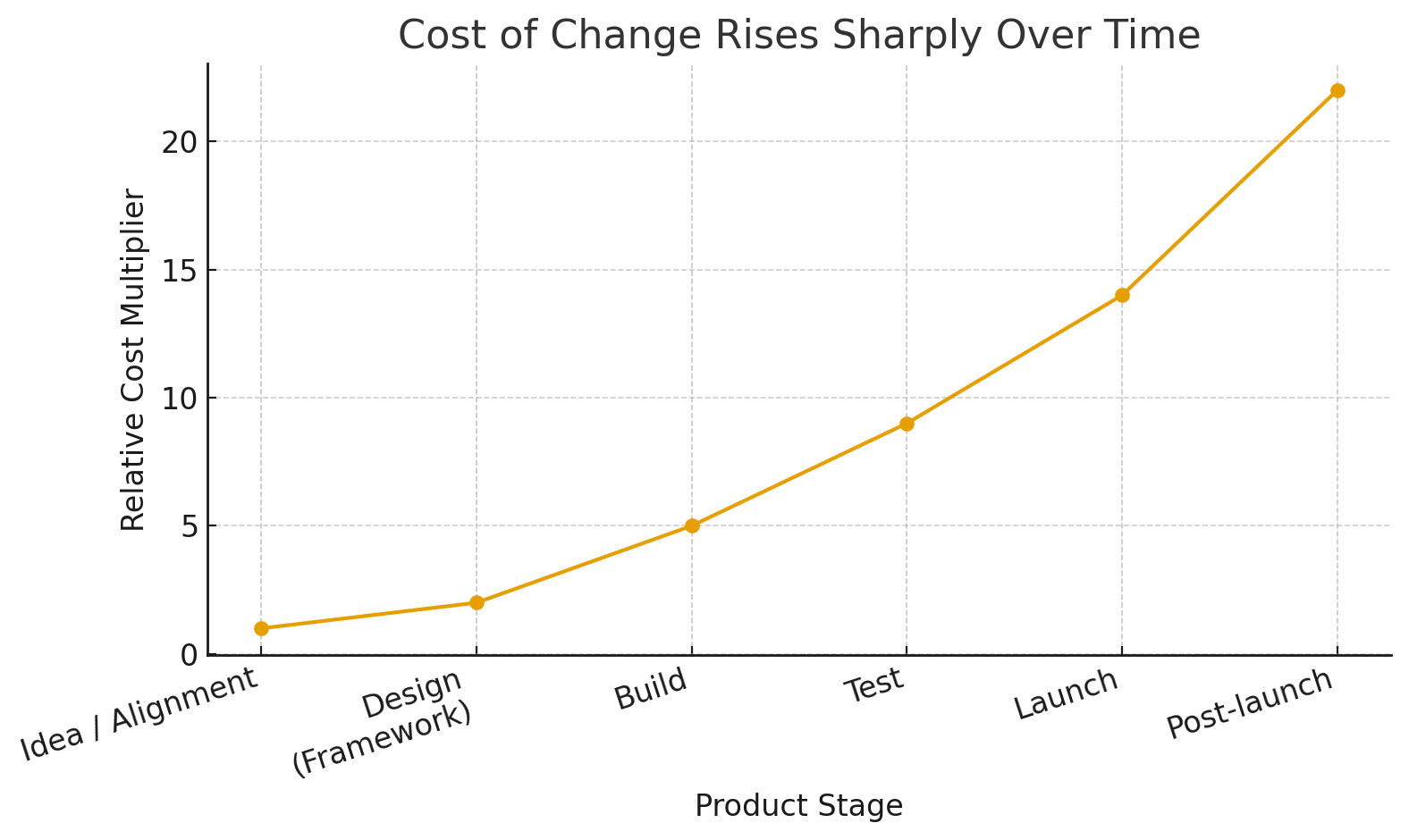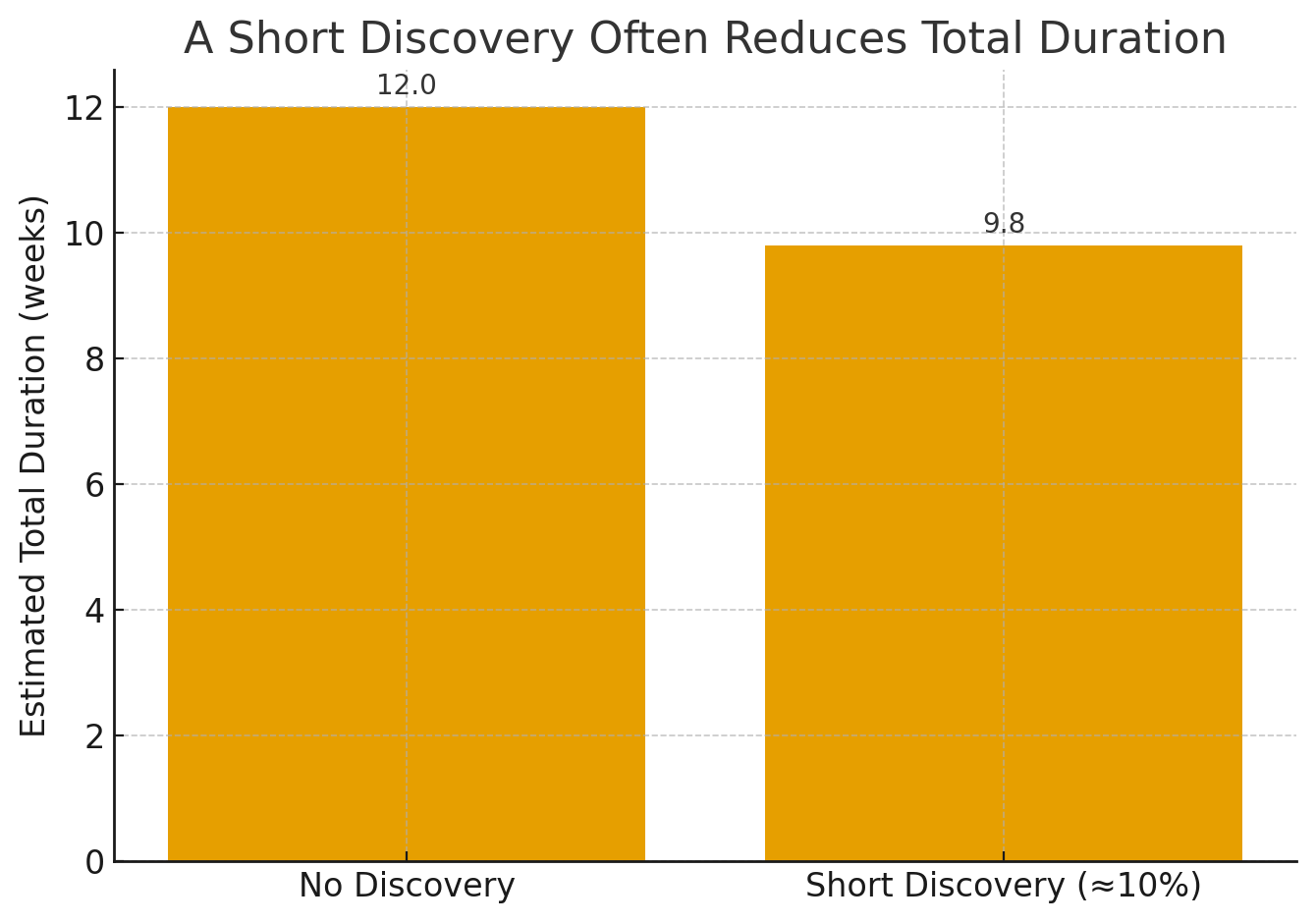Start a Little Slower, Move Much Faster
We all love a quick launch. The danger isn’t speed—it’s starting without a shared picture of what the product might grow into. That’s when “we’ll add it later” stops being a plan and starts being a renovation.

Where Platforms Get Hurt
We often see the same pattern: a lean first version of a platform or custom web application works fine. Then real life shows up.
- A client asks for subscriptions instead of one-off payments.
- A partner program requires different permissions for vendors and managers.
- An approval step sneaks into a workflow that used to be “create → publish.”
- Security demands SSO (Google/Microsoft) and multi-factor authentication.
- Marketing wants reliable analytics, not just a quick export.
None of these requests are exotic—they’re the natural evolution of most SaaS products and digital platforms. The problem is that each one touches the foundation: orders, permissions, workflows, data tracking, authentication.
If those weren’t considered from the start, you’re not “adding a feature”; you’re tearing open the walls.
The Cost of Change
Every shortcut at the beginning eventually becomes expensive. For web agencies and product teams, that cost shows up as missed deadlines, higher development bills, and frustrated stakeholders.

Setting the Rails Early
Before diving into design and build, we pause—not to write a 200-page spec, but to set the rails the product will run on.
- Who does the product truly serve, and what must be effortless?
- Which records will live for years?
- What events and metrics will matter later?
- Which likely turns (subscriptions, partner roles, approvals, integrations) need space in the foundation?
- What standard way will we use to connect third-party systems so the next integration clips in smoothly?
This step—short discovery and product architecture planning—pays off for every future feature.
What Happens When the Rails Are in Place
Future ideas stop being derailments.
- A subscriptions request becomes a new carriage on the train, not a new track.
- A partner role is just a configuration, not a rewrite.
- An approval step is a state in a flow, not a messy workaround.
Even when plans change (and they will), the core platform architecture holds. The team can focus on shipping features faster, instead of performing surgery.

Why a Short Discovery Saves Time
The goal isn’t to predict the future perfectly. It’s to design for flexibility and scalability from day one. By slowing down slightly at the start, you’ll move much faster afterwards—launching a product that’s ready for growth, integrations, and real-world use. At our agency, we help businesses avoid costly rebuilds by building scalable web platforms designed for the long run.
Get in touch
Have a project
in mind?
Tell us the context and the outcome you want. We’ll reply within 1 business day with the simplest next step (timeline, rough budget, or quick audit).